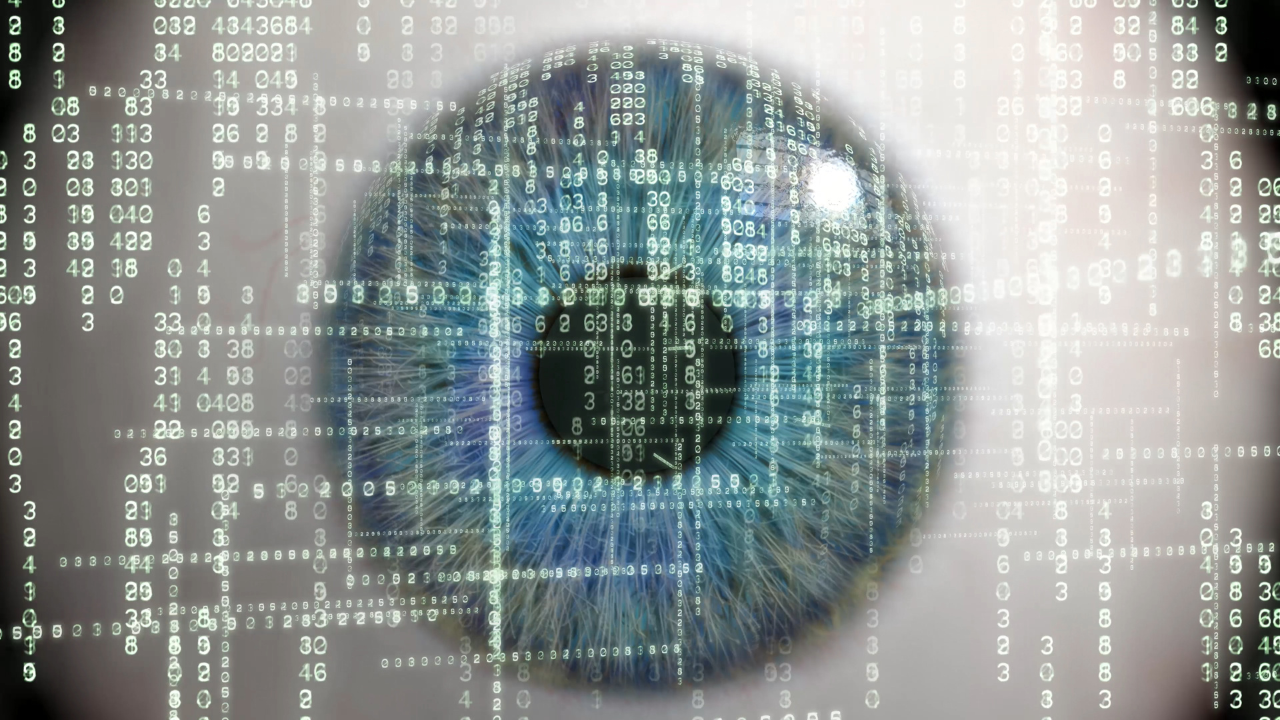



Augmented Reality (AR) and Virtual Reality (VR) are rapidly growing technologies that have the potential to revolutionize a wide range of industries, from gaming to education and healthcare. However, as with any technological advancement, AR and VR also introduce new cybersecurity risks. Here are some key cybersecurity risks associated with these technologies:
Sensitive Data Capture: AR and VR systems often require users to provide personal information (e.g., location, biometric data, behavior patterns). For example, AR apps might track your physical environment, while VR platforms may capture detailed movement data or facial expressions.
Unauthorized Data Collection: Many AR and VR devices collect massive amounts of data, and if not properly secured, this data could be intercepted by hackers or misused.
Personal Identifiable Information (PII): AR and VR systems often create detailed user profiles, which may include sensitive information. If these profiles are not securely stored or transferred, they can become targets for cybercriminals.
Device Vulnerabilities: AR and VR headsets are often connected to the internet and other devices, which may have security vulnerabilities. Hackers could exploit these vulnerabilities to gain unauthorized access to users' devices or networks.
Malware and Phishing: Like other internet-connected devices, AR and VR platforms can be infected with malware. This malware could track users' actions, steal data, or even hijack the system. Additionally, users could be tricked by phishing scams in virtual environments, where attackers pose as legitimate figures to gather sensitive information.
AR/VR App Infections: Just like traditional mobile apps, AR and VR apps can be malicious. An attacker could release an app designed to look legitimate, but its goal is to capture user data or install malware.
Physical Harm: One of the unique security risks of AR and VR is the potential for physical injury. Since users are often immersed in a virtual or augmented environment, they might not be aware of their physical surroundings, which could lead to accidents. For instance, a user could trip over objects, bump into walls, or fall while immersed in the experience.
Safety Hazards in the Real World: For AR, which blends the virtual and real worlds, there is a risk that the virtual content could distract or mislead users, leading them to make dangerous decisions (e.g., walking into traffic or ignoring physical obstacles).
Psychological Manipulation: VR can be highly immersive, which may expose users to psychological manipulation. Attackers could exploit this immersion to influence decisions, alter perceptions, or create false memories.
Fake Identities and Scams: In VR environments, users interact with avatars or representations of others. Attackers could create fake identities or malicious avatars to manipulate or deceive users, convincing them to reveal sensitive information or engage in malicious activities.
Insecure Data Transmission: Since AR and VR often rely on real-time data streaming and cloud-based servers, there’s a risk that data transmitted between devices or between the device and servers might not be encrypted. This could allow attackers to intercept and eavesdrop on communications, including sensitive user data.
Man-in-the-Middle Attacks (MITM): If proper encryption is not implemented, attackers could intercept communications between users and the platform, gaining access to potentially confidential or sensitive information.
Security Standards: As AR and VR technologies are still in relatively early stages, there is a lack of universal security standards and best practices. This creates opportunities for vulnerabilities to be exploited, especially when different devices or platforms lack compatibility in terms of security.
Regulatory Gaps: Because AR and VR technologies are often novel, existing laws and regulations around cybersecurity and privacy may not cover all aspects of these technologies. This regulatory gap could allow companies to take insufficient measures to protect user data.
Unaware Users: Many AR and VR users are not fully aware of the cybersecurity risks associated with these technologies. They may overlook security features, neglect software updates, or fail to understand the potential implications of their actions in virtual environments.
Social and Behavioral Risks: Since VR and AR often involve social interactions, there’s the risk of cyberbullying, harassment, and even the spread of misinformation. This may be especially concerning in multiplayer VR games or social platforms, where user behavior and content moderation are often less regulated.
Weak Authentication: In AR and VR, access control mechanisms may be less stringent compared to traditional systems. For example, if authentication relies on facial recognition or biometric data, this data could be compromised in case of a data breach.
Inadequate User Authentication: If users do not use strong passwords or multi-factor authentication (MFA), attackers could gain unauthorized access to their VR/AR accounts, leading to data theft, account takeovers, or other malicious activities.
Spoofing: Attackers could pose as legitimate entities in the virtual world (e.g., a trusted VR game character, or AR-generated assistant) to trick users into divulging personal information or performing actions that benefit the attacker.
Phishing in AR/VR: Phishing attacks can be highly effective in AR and VR environments where users may not easily recognize fraudulent entities or websites. An attacker could create fake virtual storefronts, pop-ups, or in-game notifications to capture credentials or install malware.
To address these cybersecurity risks, companies and users can adopt several strategies:
End-to-End Encryption: Ensure that data transmitted between AR/VR devices and servers is encrypted to prevent interception by malicious actors.
Regular Software Updates: Keep AR/VR devices and applications up to date with the latest security patches to minimize vulnerabilities.
User Education: Raise awareness about the potential cybersecurity risks of AR/VR technologies, particularly in terms of phishing, malware, and physical safety.
Robust Authentication Mechanisms: Implement multi-factor authentication (MFA) and strong password policies for AR/VR accounts and platforms.
Security Standards: Establish industry-wide security standards for AR/VR devices and platforms, ensuring a consistent level of protection for users.
While the cybersecurity risks of AR and VR are significant, these technologies are still evolving. As the industry grows, it's likely that more effective security measures and regulations will emerge to help mitigate these risks.
#trending #latest

Simple Steps to Get Your Canada Student Visa in 2025... Read More.

Australia's Election May Cut International Students, Raise Visa Fees... Read More.
 Fake posts hit Czech PM Fiala's X
Fake posts hit Czech PM Fiala's X
Fake posts disrupt Czech PM Fiala's X account security
 Switzerland Tightens Export Rules
Switzerland Tightens Export Rules
Switzerland expands export controls on dual-use goods
 Google unveils Ironwood AI chip
Google unveils Ironwood AI chip
Google introduces Ironwood chip to accelerate AI tasks & apps
 TSMC Q1 revenue up 42%
TSMC Q1 revenue up 42%
TSMC sees 42% revenue surge in Q1, surpassing forecasts
 Google unveils Ironwood AI chip
Google unveils Ironwood AI chip
Google's Ironwood chip boosts AI processing and app speed
 Amazon CEO Outlines AI Vision
Amazon CEO Outlines AI Vision
Amazon CEO reveals AI investment plans in new letter
 Osaka Hosts World Expo 2025
Osaka Hosts World Expo 2025
Japan blends tech and culture at Osaka Expo 2025 launch
© MyEduGoal. All Rights Reserved. Design by markaziasolutions.com